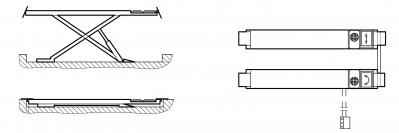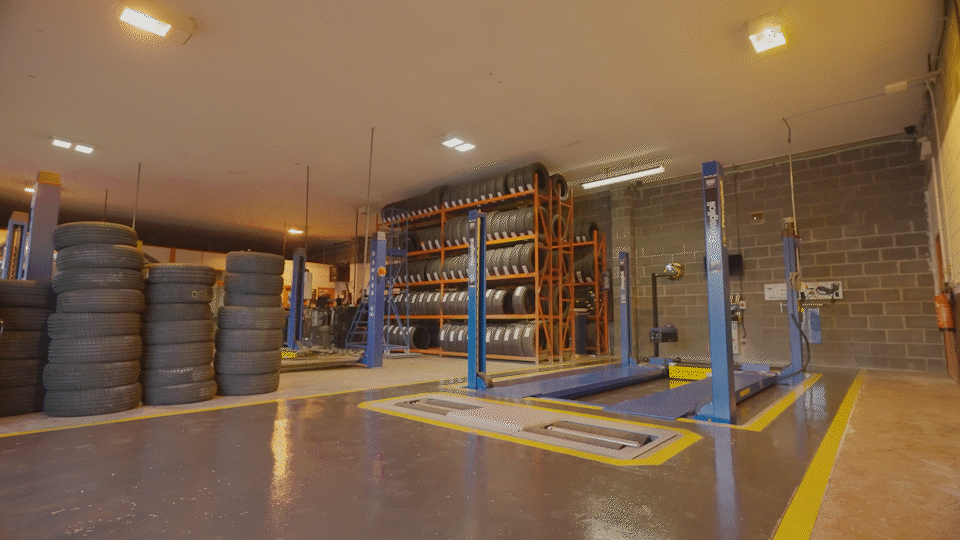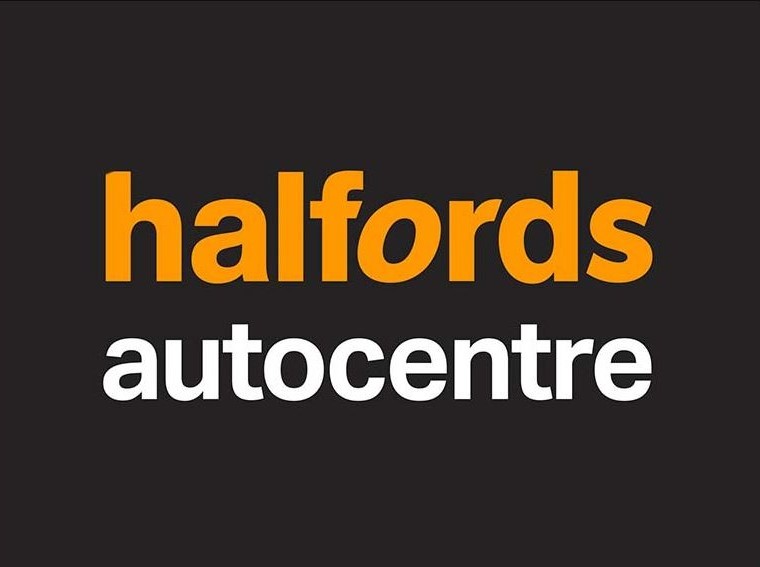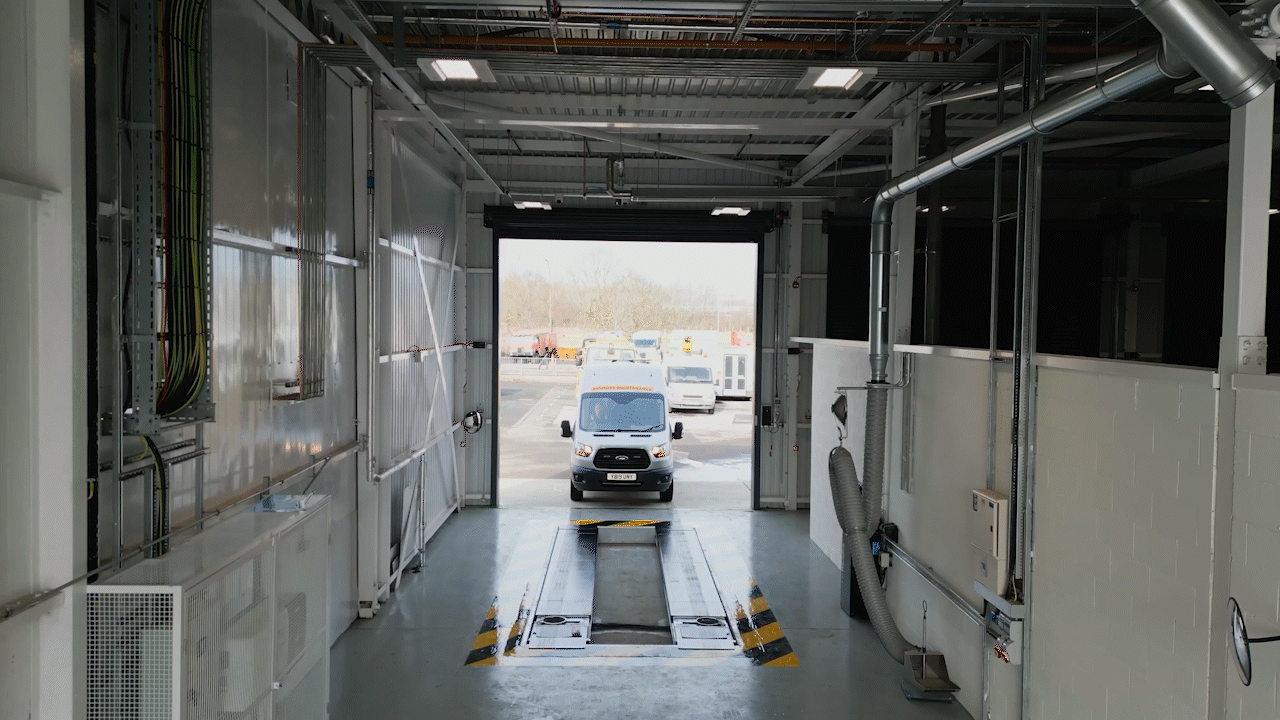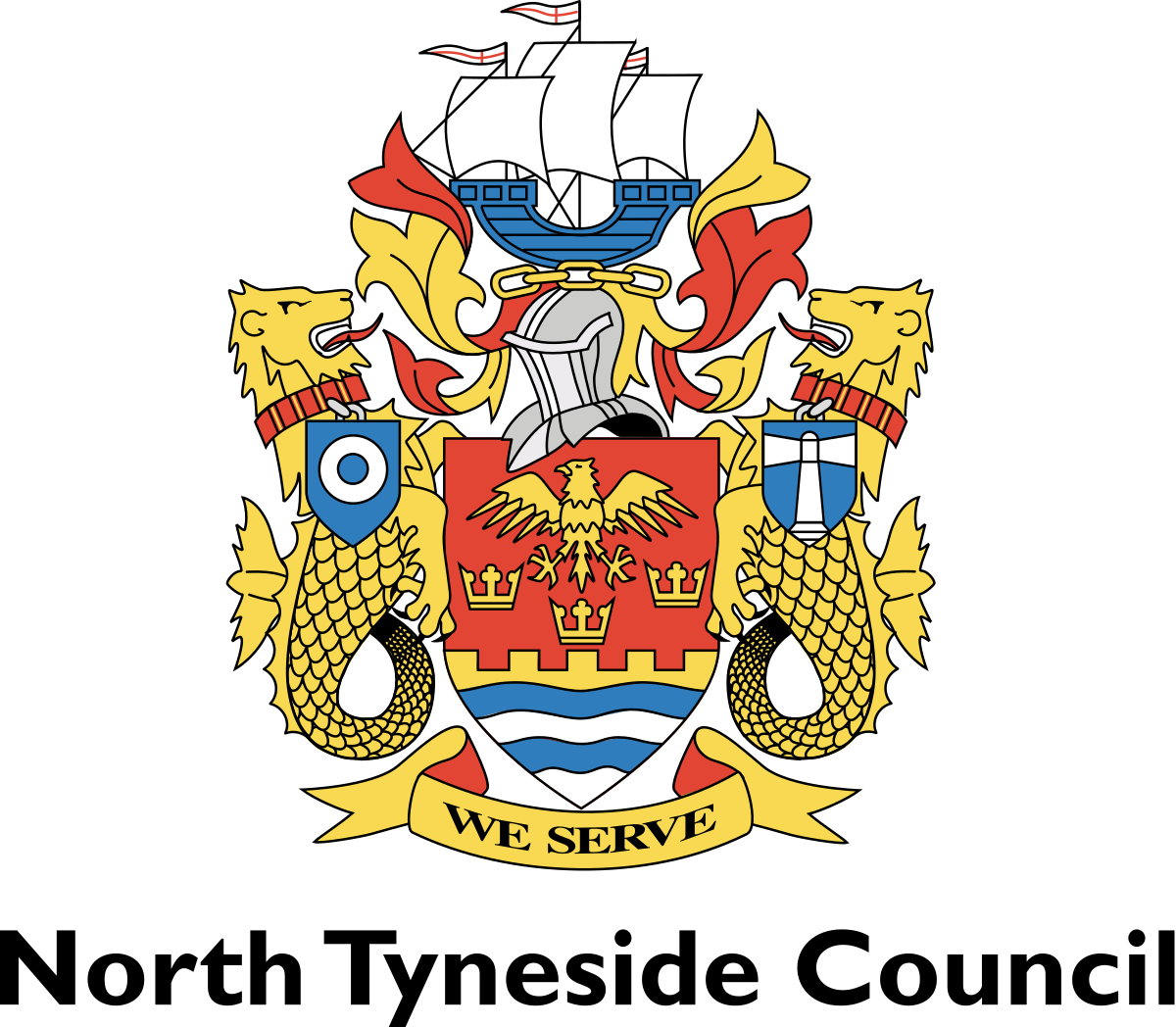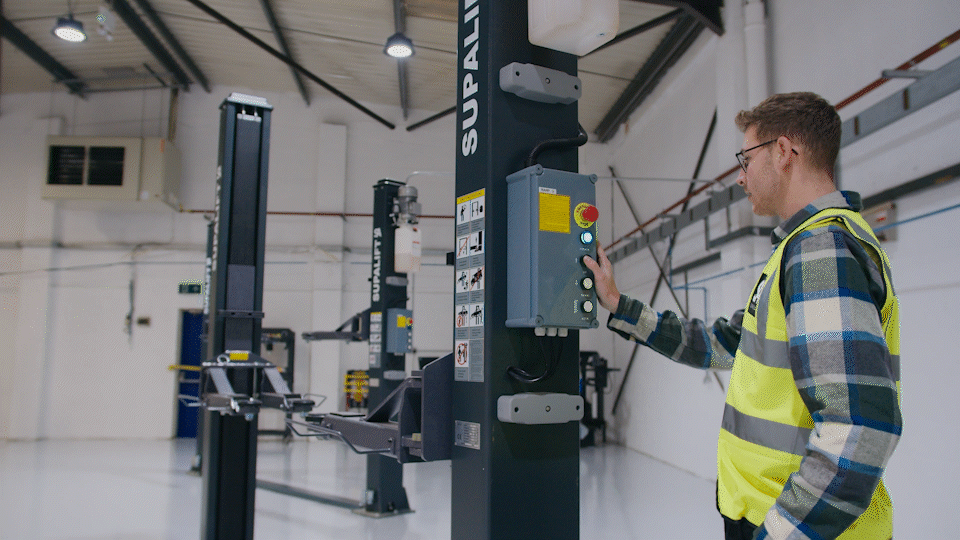DVSA Update: New Rules for MOT Play Detector Maintenance

Attention MOT testers and workshop owners the DVSA has just released new maintenance guidance for ATL (Automated Test Lanes) and OPTL (One Person Test Lanes).
If you run an MOT centre, these updates affect how you maintain and record work on your steering and suspension play detectors.
Here’s what’s changed, why it matters, and how to make sure your lane stays compliant.
Why the DVSA Has Made These Changes
Play detectors are a crucial part of identifying steering and suspension issues, but over time, even small calibration errors can throw off results. That’s why the DVSA has tightened up its rules to make sure every piece of test lane equipment stays reliable, properly maintained, and fully traceable.
The New Maintenance Intervals
The biggest change is around how often equipment must be serviced:
-
Pneumatic play detectors: must now be serviced every 6 months
-
Hydraulic play detectors: must be serviced every 12 months
These are minimum standards, and your equipment must be kept in good working order at all times.
So if something stops working properly, don’t wait until your next scheduled service. It needs sorting straight away.
This approach not only keeps you compliant but also helps avoid costly downtime and unexpected repairs later.
Who’s Allowed to Service the Equipment?
Under the new DVSA guidance, only the manufacturer or their approved agent can carry out maintenance or calibration on ATL and OPTL play detectors.
This rule ensures the work is completed by people who know the system inside and out, and that all servicing meets the right safety and performance standards.
Once the maintenance is done, you must be given a signed and dated declaration confirming the equipment is in good working order. To keep this safe the DVSA may ask for it during inspections.
What Paperwork Do You Need to Keep?
After every service, you must receive and store:
-
A maintenance report – showing what work was carried out and what parts were replaced (if any)
-
A signed and dated declaration – confirming that your equipment is compliant and functioning correctly
These records are proof that you’ve followed DVSA guidance and are maintaining your test lane properly. They should always be available if a DVSA inspector asks to see them.
Keeping Your MOT Lane Running Smoothly
To help you stay compliant:
-
Check whether your play detectors are pneumatic or hydraulic.
-
Schedule services every 6 or 12 months, depending on the system.
-
Always use manufacturer-approved engineers.
-
File away all reports and declarations somewhere easy to find.
-
Don’t ignore faults, fix issues as soon as they appear.
By keeping up with regular maintenance and documentation, you’ll stay on the right side of DVSA regulations and avoid potential downtime or penalties.
Stay DVSA Compliant with JHM Butt
With over 50 years of experience supplying MOT equipment across the UK, JHM Butt works directly with manufacturers to provide DVSA-approved maintenance, calibration, and certification.
Our expert service engineers can help you stay compliant and keep your lane operating smoothly, so you can focus on testing, not paperwork.
???? Book your next authorised service or explore our MOT equipment range to make sure you’re up to date with the latest DVSA standards.
DVSA MOT Maintenance FAQs
How often should play detectors be serviced?
Pneumatic systems need servicing every 6 months, and hydraulic systems every 12 months.
Who’s allowed to do the maintenance?
Only the manufacturer or an authorised service agent approved by them.
What paperwork do I need after maintenance?
A maintenance report and a signed, dated declaration confirming your equipment is in good working order.
Stay Compliant. Stay Confident.
The message from the DVSA is clear,regular, professional maintenance is now a key part of MOT compliance.
By sticking to the new schedule, using approved engineers, and keeping your records in order, you’ll not only meet the rules but also protect your business from downtime and costly repairs.
If you’re unsure about where your current setup stands, or you need help arranging your next service, get in touch with JHM Butt. We’ll make sure your MOT lane meets every requirement and keeps running safely, efficiently, and confidently.








